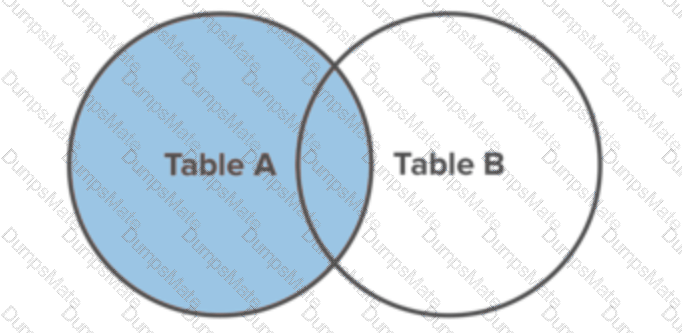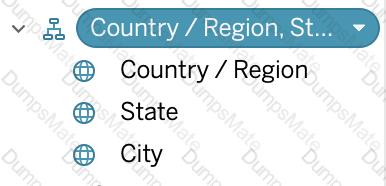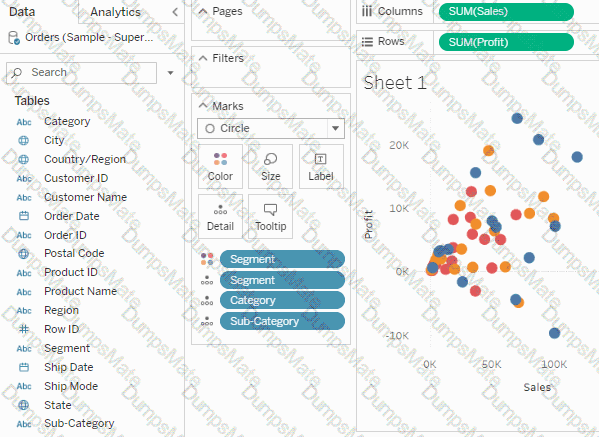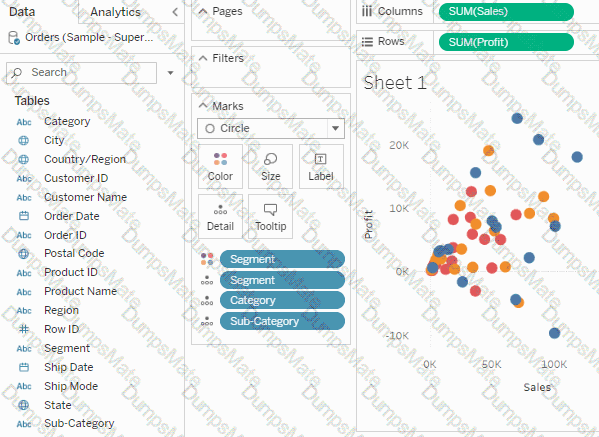It is very much possible to specify the formatting at a WORKBOOK level (all sheets) instead of a single worksheet level.
You can quickly change how fonts, titles, and lines look in every view in a workbook by specifying format settings at the workbook level, instead of the worksheet level.
For example, you might want to use a specific font, size, and color so that all views adhere to your company's brand. You might also want to remove grid lines from your views—or make them more noticeable by increasing their pixel size or color.
You can also change the theme used by your workbook. Themes control items like the default font, colors, and line thickness. When you create a new workbook, it automatically uses the Default theme, which uses visual best practices.
Change fonts in your workbook:
You can change all fonts in your workbook or you can change fonts for only certain areas, such as just worksheet titles.
1) On the Format menu, select Workbook.
2) The Format Workbook pane replaces the Data pane on the left and provides a series of drop-down lists where you can change all font settings in a workbook, as well as the font settings for titles of worksheets, stories, and dashboards.
Note: If you have made font changes at the worksheet level, such as on a filter card or a worksheet title, changing the font at the WORKBOOK level will overwrite those changes.
Reset a workbook to its default settings
When you make changes to your workbook's font settings, a gray dot appears next to the setting in the Format Workbook pane. You can quickly switch back to default settings using the Reset to Defaults button.
1) On the Format menu, select Workbook.
2) In the Format Workbook pane, click Reset to Defaults.
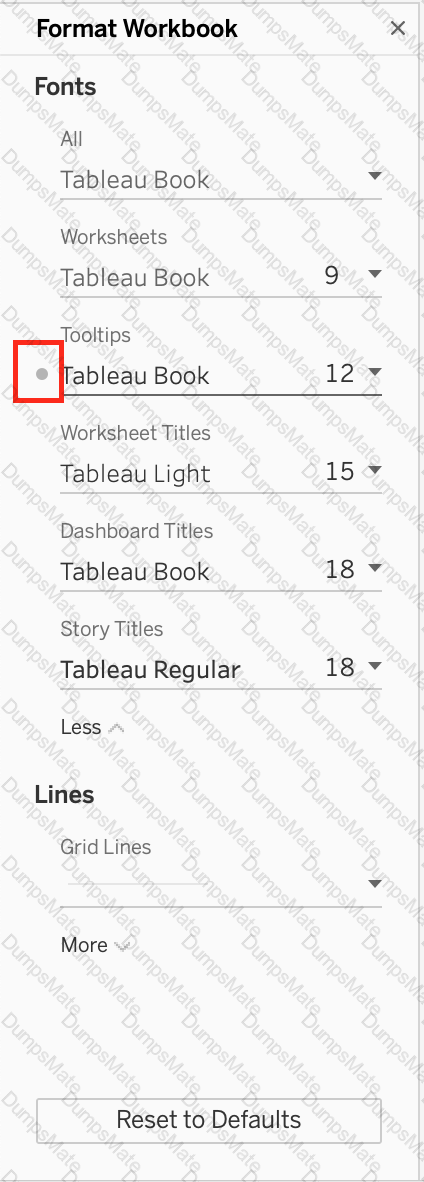 Graphical user interface, application
Description automatically generated
Graphical user interface, application
Description automatically generated
[Reference: https://help.tableau.com/current/pro/desktop/en-us/formatting_workbook.htm, , ]



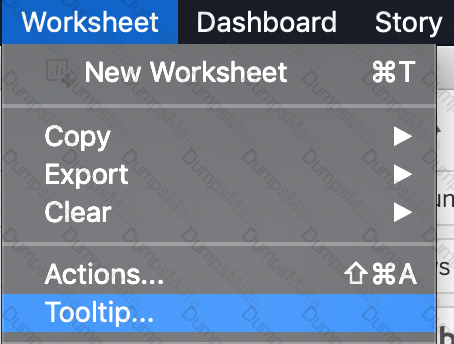

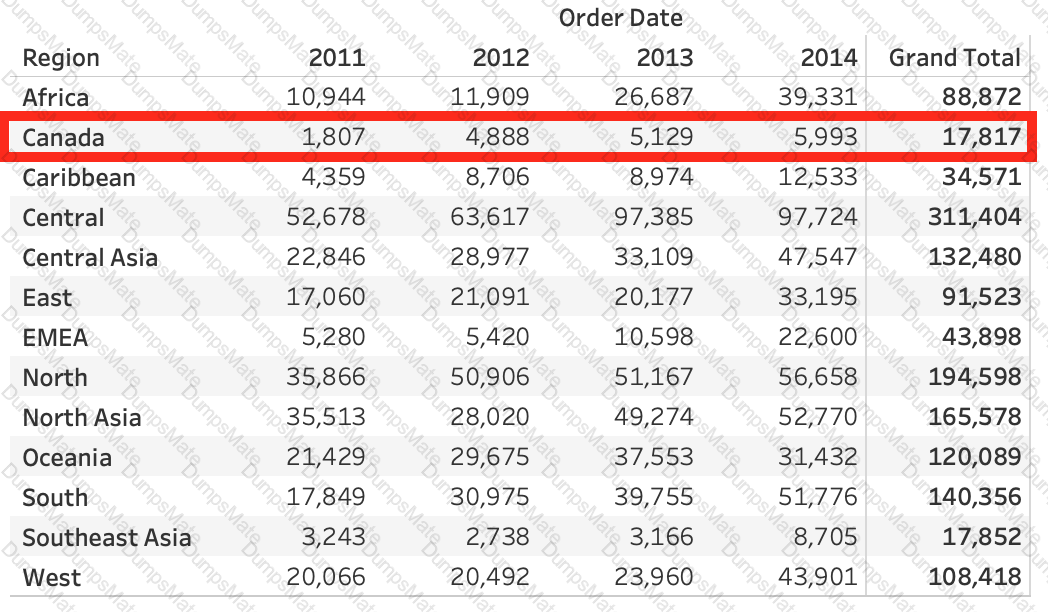
 Graphical user interface, application
Description automatically generated
Graphical user interface, application
Description automatically generated Graphical user interface, text, application, email, Teams
Description automatically generated
Graphical user interface, text, application, email, Teams
Description automatically generated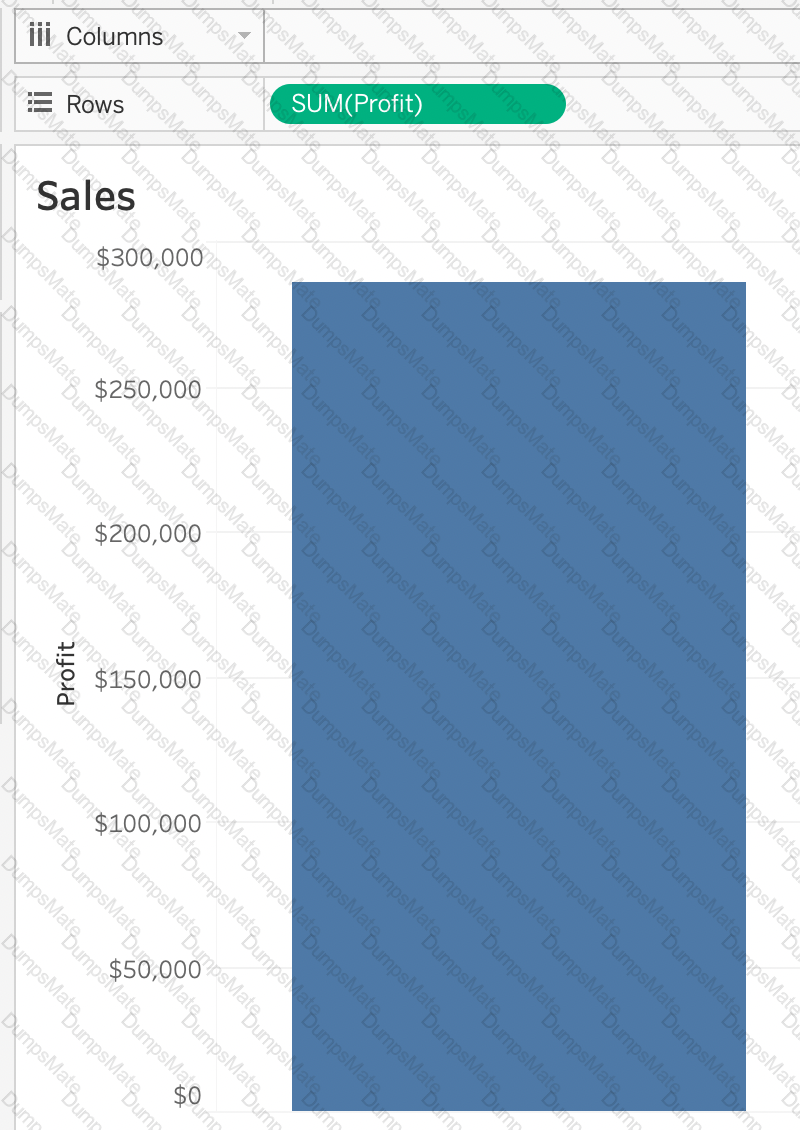 Graphical user interface
Description automatically generated with low confidence
Graphical user interface
Description automatically generated with low confidence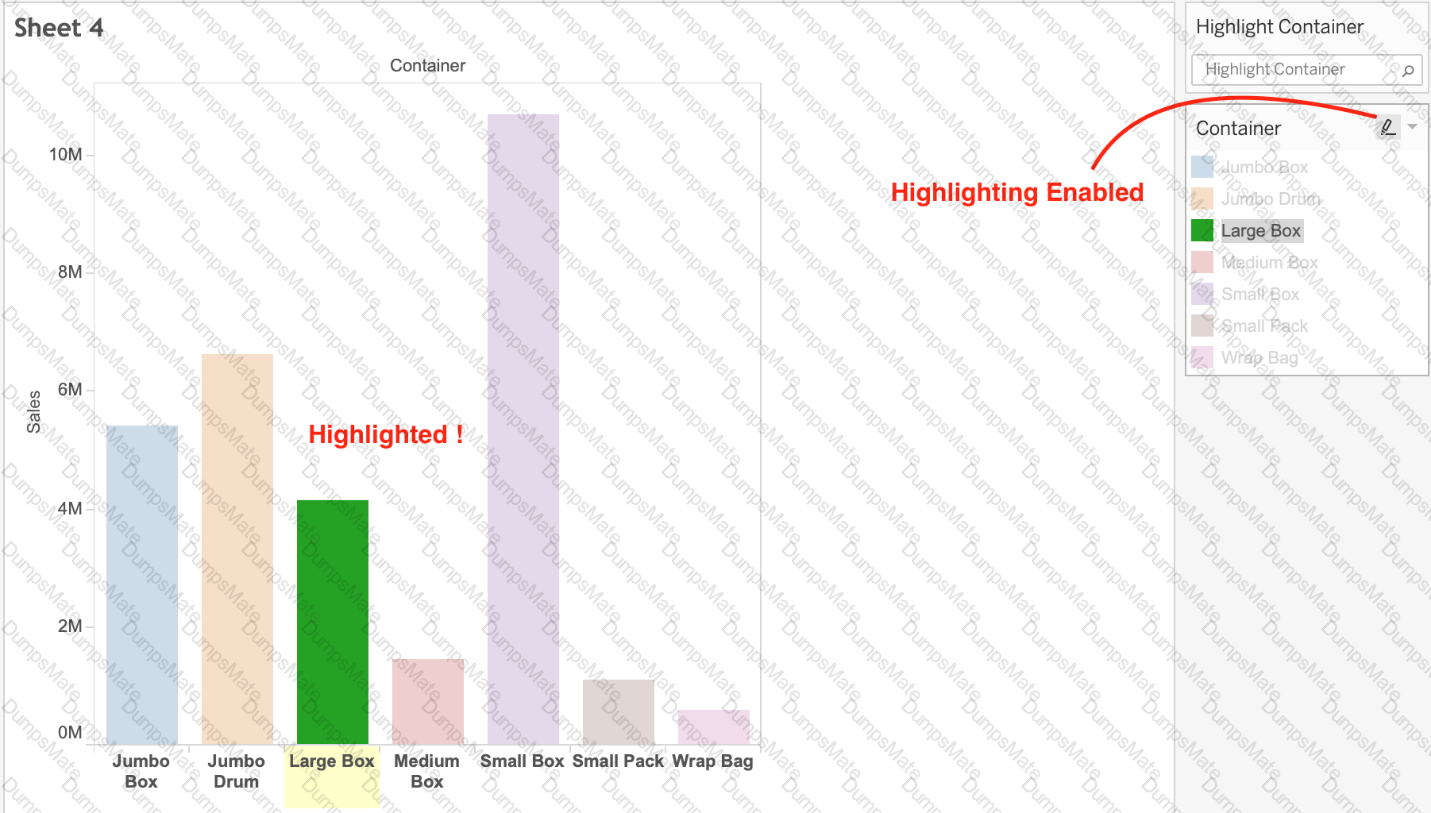 Chart, bar chart
Description automatically generated
Chart, bar chart
Description automatically generated

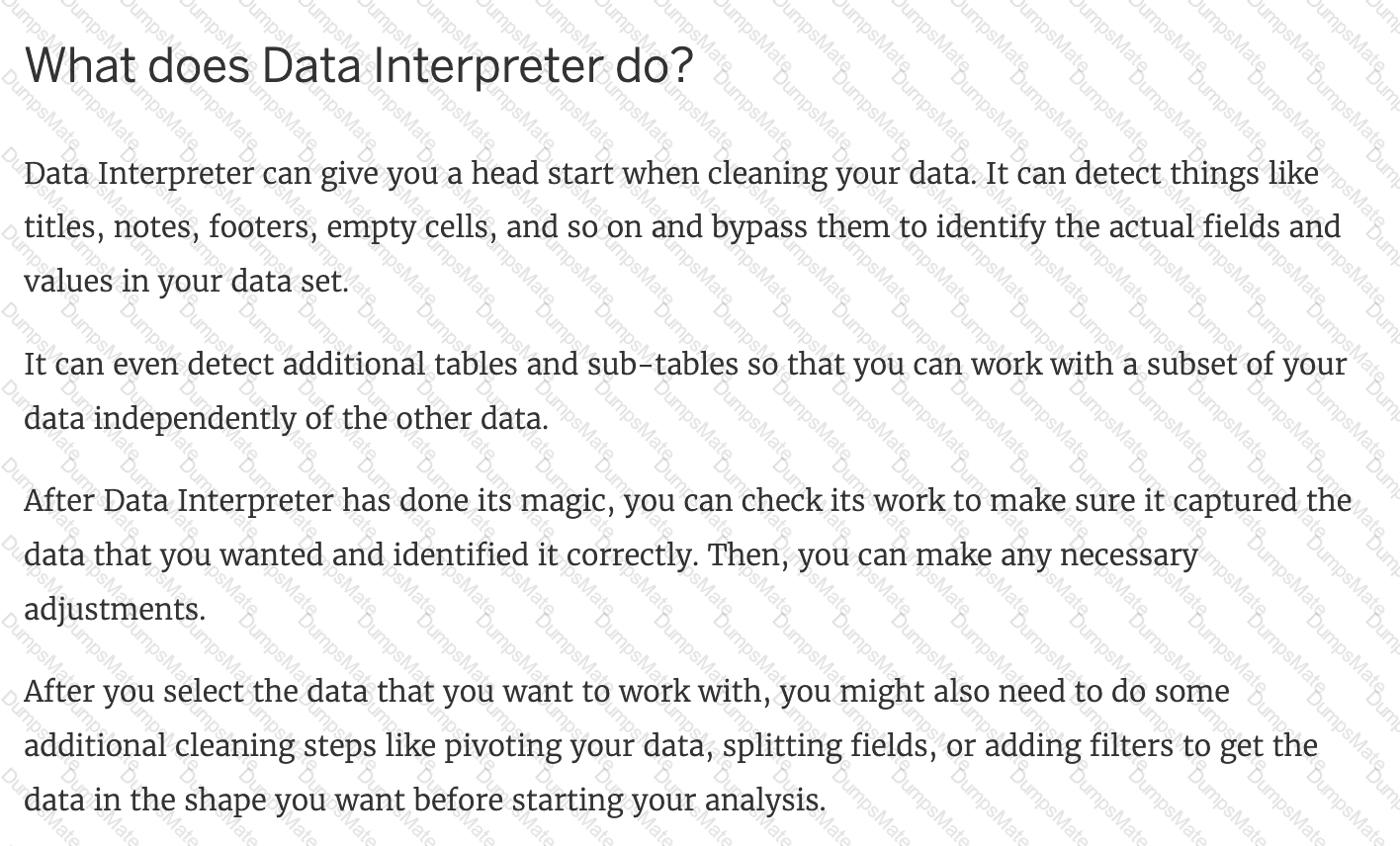

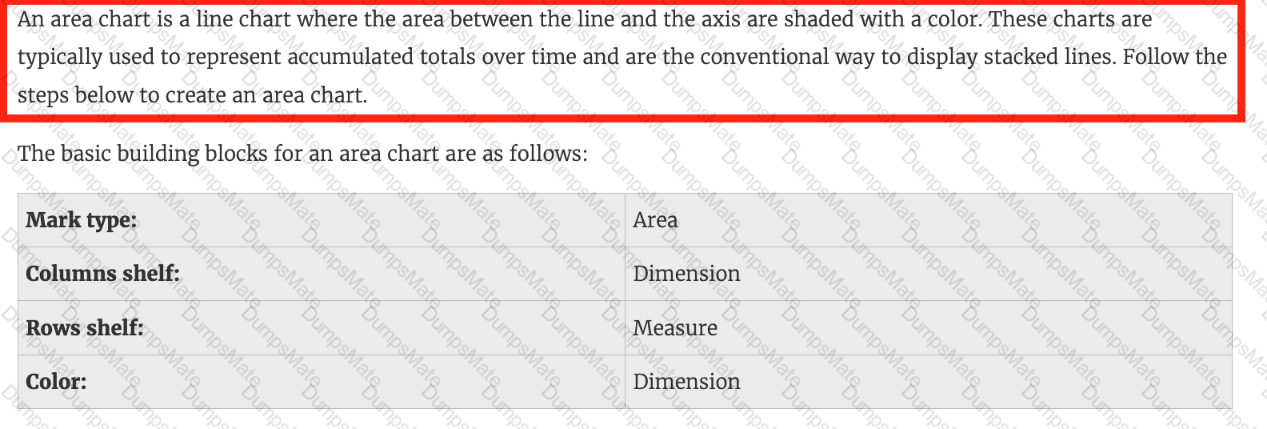
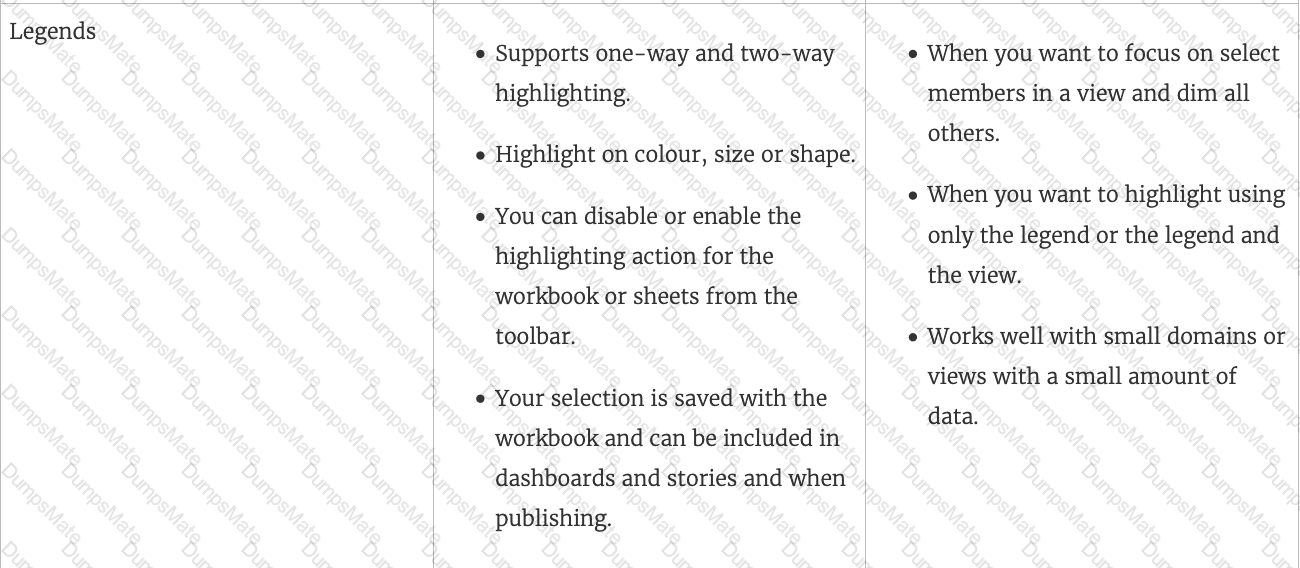
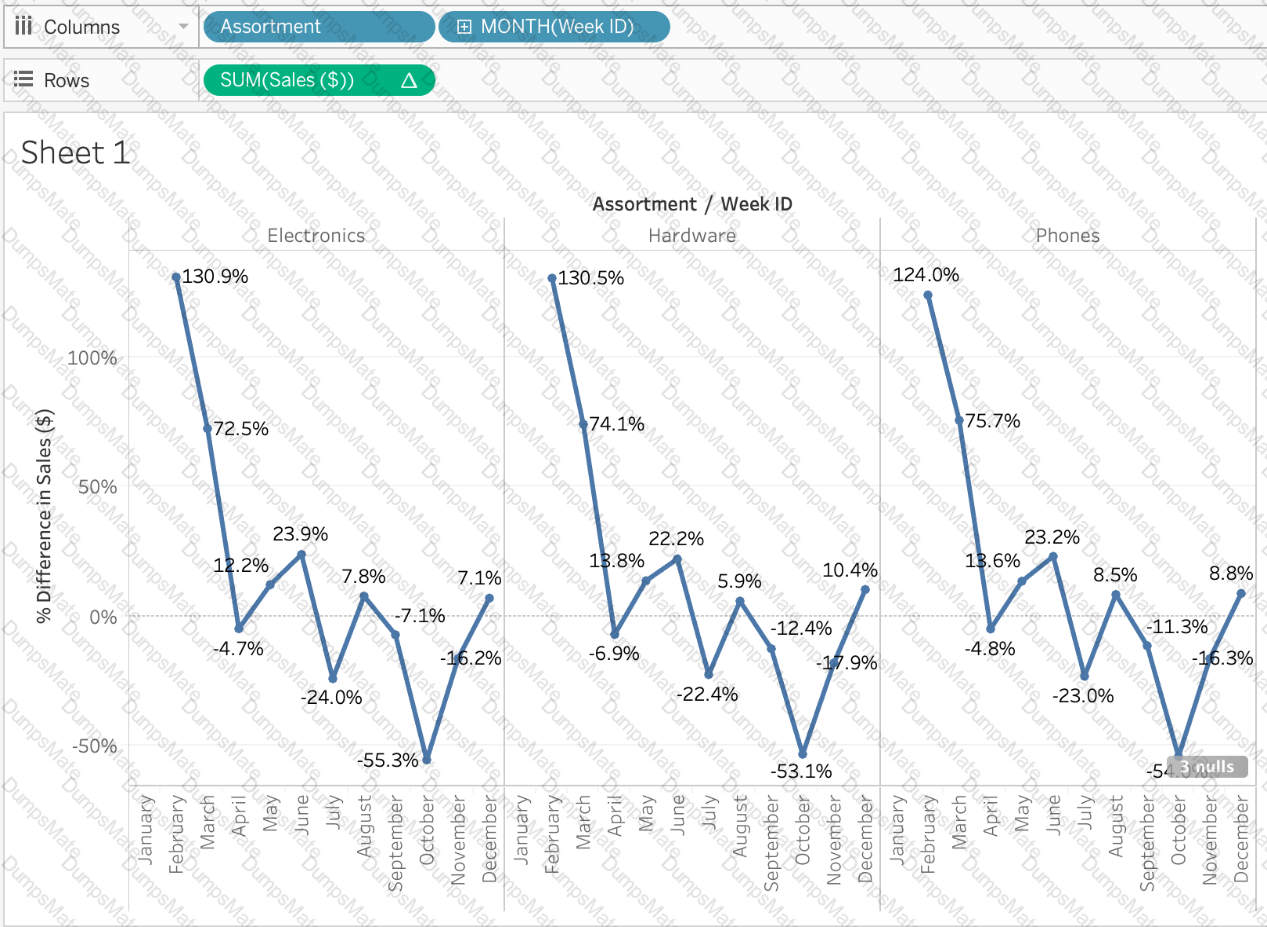
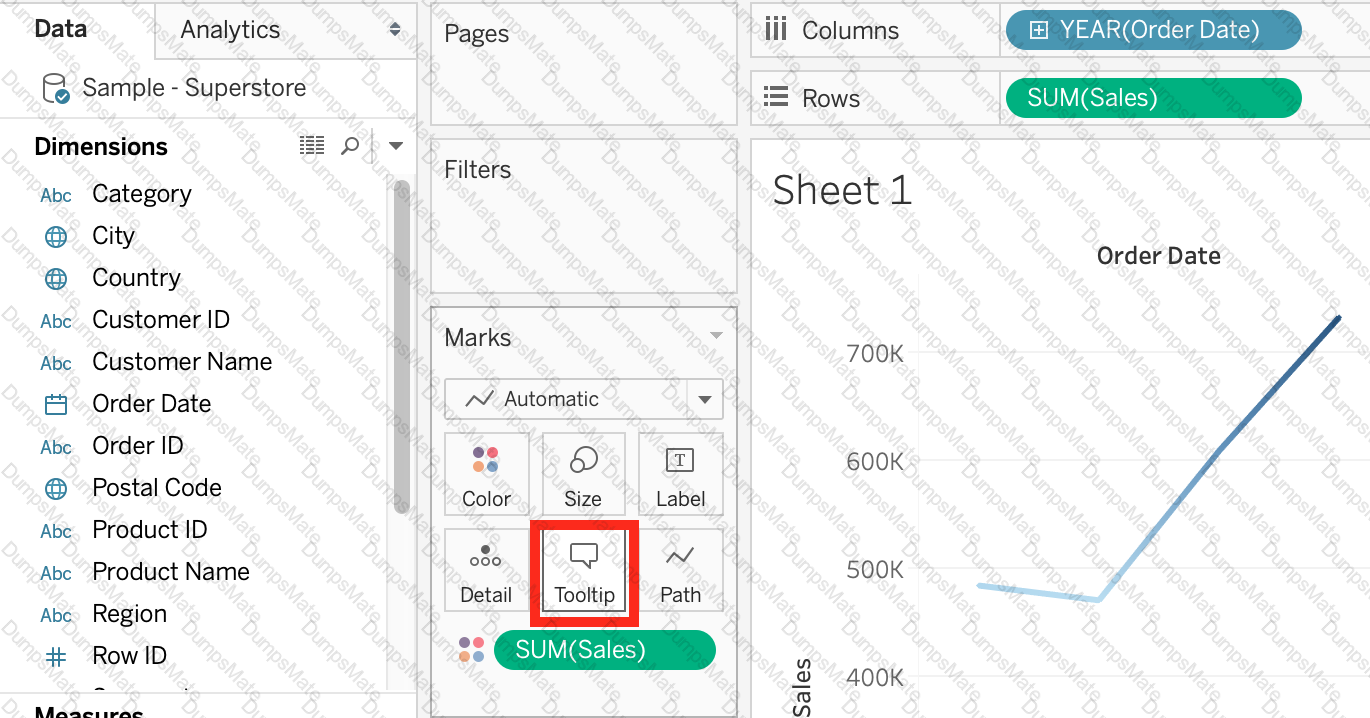 Graphical user interface, application
Description automatically generated
Graphical user interface, application
Description automatically generated A picture containing line chart
Description automatically generated
A picture containing line chart
Description automatically generated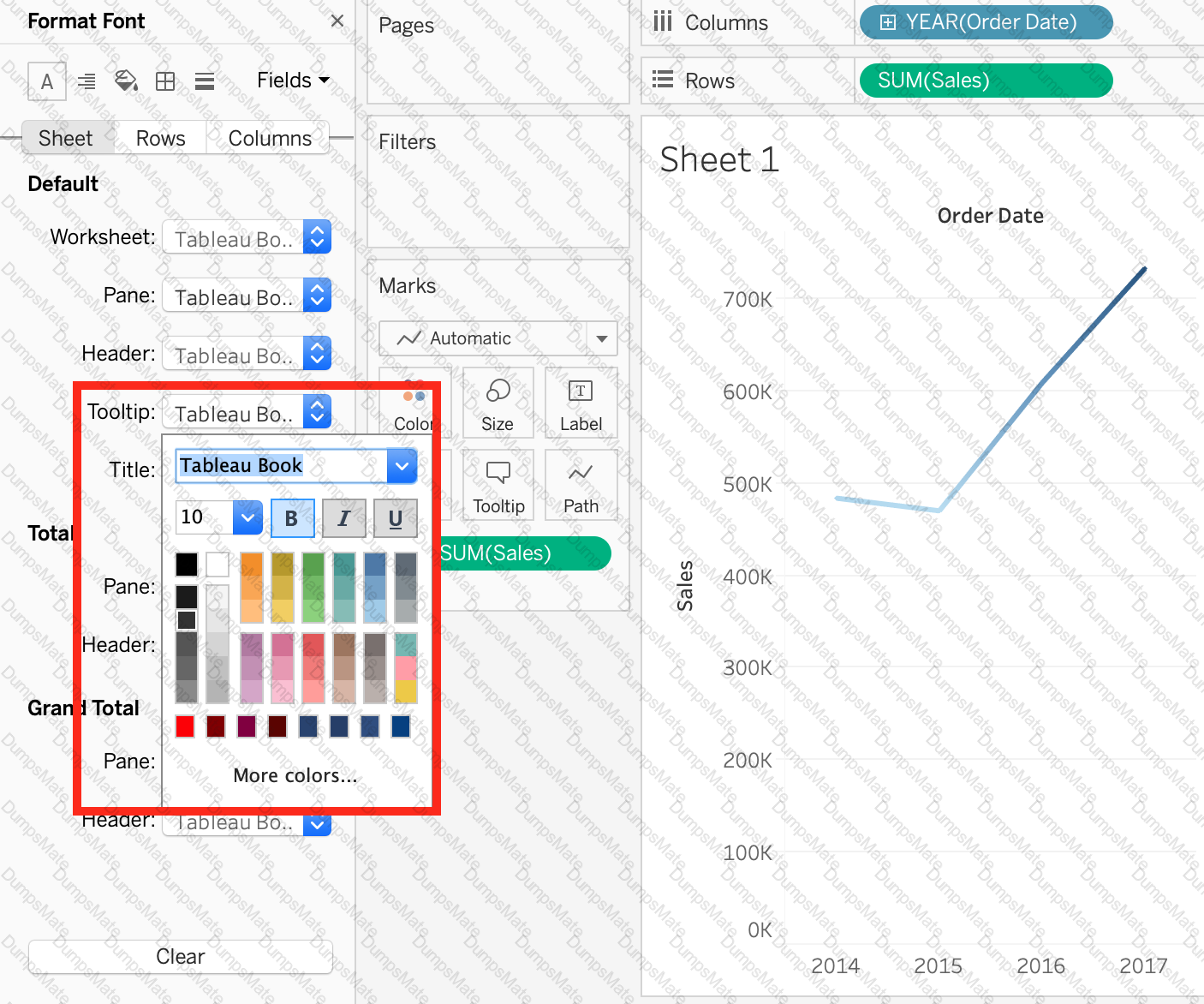 Graphical user interface
Description automatically generated
Graphical user interface
Description automatically generated